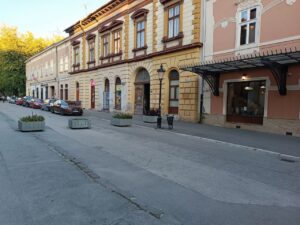How do different parts of the city affect property prices?
The dynamics of urban real estate are complex and multifaceted, with property prices influenced by a myriad of factors. One of the most significant determinants of property values is the geographical location within a city. Different neighborhoods and districts can exhibit stark contrasts in property prices, driven by various elements such as amenities, infrastructure, socio-economic factors, and local governance. Understanding how these different parts of a city affect property prices can provide valuable insights for potential buyers, investors, and urban planners alike.
How do different parts of the city affect property prices?
The location of a property is often the primary factor influencing its market value. In urban settings, areas that are close to essential amenities such as schools, hospitals, shopping centers, and recreational facilities tend to command higher prices. For instance, properties situated in neighborhoods with well-rated schools often attract families willing to pay a premium for access to quality education. Similarly, proximity to parks and recreational areas can enhance the desirability of a location, leading to increased property values.
Another critical aspect is the availability of public transportation. Areas well-served by public transit systems, such as subways, buses, and commuter trains, typically see higher property prices. This is because easy access to transportation enhances the convenience of commuting to work or other parts of the city, making these neighborhoods more attractive to potential buyers. Conversely, areas that are poorly connected to public transport may experience stagnation in property values, as potential residents may seek more accessible locations.
Socio-economic factors also play a significant role in determining property prices across different city parts. Neighborhoods with higher income levels, lower crime rates, and a vibrant local economy tend to have higher property values. In contrast, areas facing economic decline or high crime rates may see a depreciation in property prices. Additionally, gentrification can lead to rapid increases in property values as new investments and developments attract wealthier residents, thereby transforming the socio-economic landscape of a neighborhood.
In conclusion, the interplay between various parts of a city and property prices is a complex relationship shaped by numerous factors. From the proximity to amenities and public transportation to socio-economic conditions, each element contributes to the overall desirability of a location. For buyers and investors, understanding these dynamics is crucial for making informed decisions in the real estate market. As cities continue to evolve, the impact of these factors on property prices will remain a vital consideration for anyone looking to navigate the urban landscape effectively.


